Cosmos

Largest Structures in the Universe Contain Magnetic Fields That Shed Light on Cosmic Web Formation
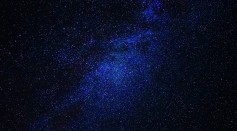
Second, Third Big Bang? Dark Energy Could Be Causing the Universe To Expand Faster
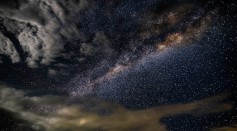
Left Awestruck With James Webb Space Telescope's Amazing Shots? Here's How the High-Powered JWST Captures Stunning Intricate Snaps

Celestial Object Blazes Through the Galaxy at 4 Million Kmph, Astronomers Say

NASA Reveals Personality Hints Based on Favorite James Webb Space Telescope Photos

What Is Dark Matter? Here are the Top 5 Unanswered Questions About the Largest structure in the Universe
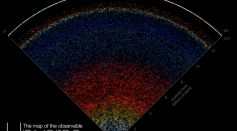
New Interactive Map of the Universe Allows People To Scroll Through the Cosmos to the 'Edge of What Can Be Seen'
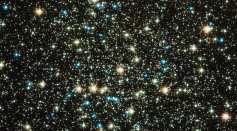
New Cosmologists' Arithmetic Calculation Suggests More Alternative Possible Universes
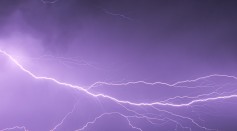
NASA Shares Breathtaking Cosmic Phenomena Resulting From Interaction Of Merging Galaxies, Star And Guitar Nebula [See Photos]
Two Ancient Galaxies Found: How ‘Invisible’ Cosmos Look Like in a Cloudy Day
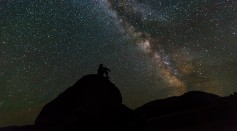
Double Star System with an Alter Ego Discovered, NASA Reports
ESA Shows Ambition of Rosetta Mission—Sci Fi Film Reveals Importance of Mission
Not Just NASA ‘Ducks & Covers’—Comet Siding Spring
ESA Asks Public to Name Philae Landing Site of Comet 67P This November
Most Popular

How Technology Is Changing the Real Estate Industry?

How a Plant-Based Diet Can Protect Against Breast Cancer: Insights from Nutrition Research

Study Reveals High Turnover in Scientific Research Careers: What This Means for Future Scientists

Why It's So Difficult to Lose Weight: The Biological Explanation Behind Obesity






